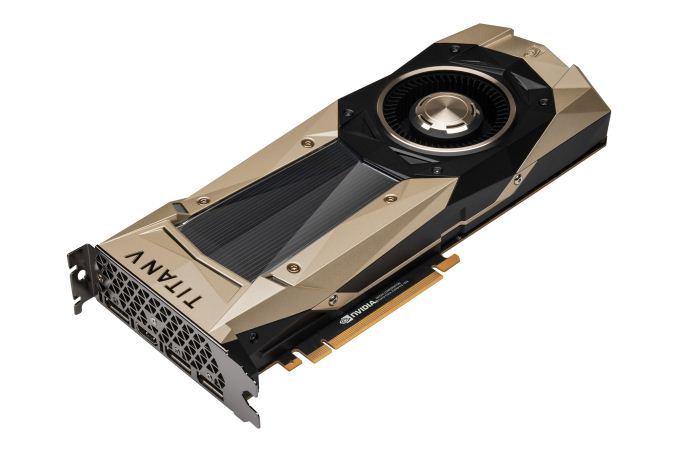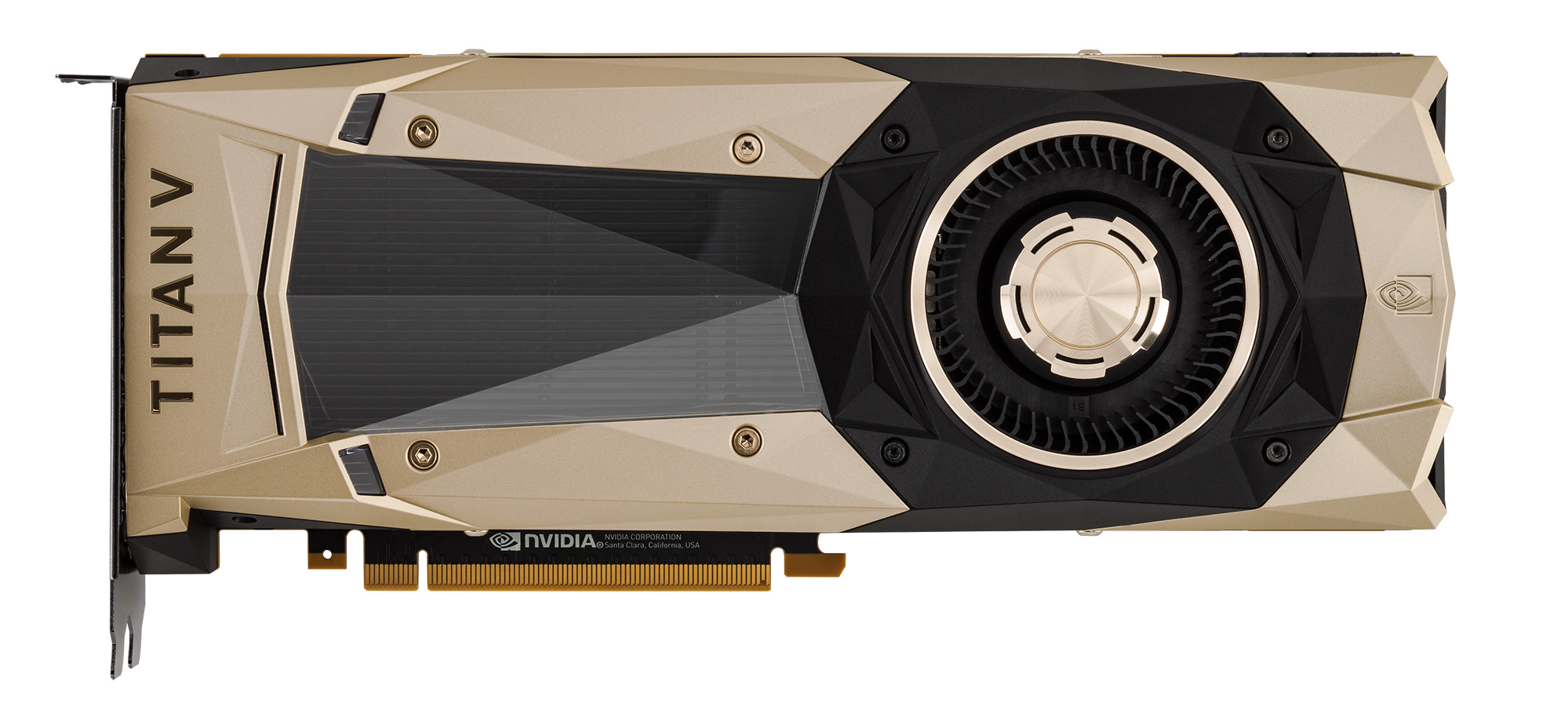Clock parity has meaning if one has the other performance envelope data to give it context; specifically power demand/voltage/performance.Don't quite understand the point of comparing at clock parity, if you want to glean the relative "IPC" (or shader efficiency rather) of the designs you'd be better off comparing the performance at a set compute throughput (fixed clocks). At the end of the day if you impose clocks across the board what you'll end up comparing is the size of the shader array + shader efficiency fused together.
Would make more sense to ,say, fix Vega for 13 tflops, same with 1080Ti. Compare.
But makes more sense if shown as an envelope over a broad performance/frequency/power demand range, which Tom's Hardware does.


